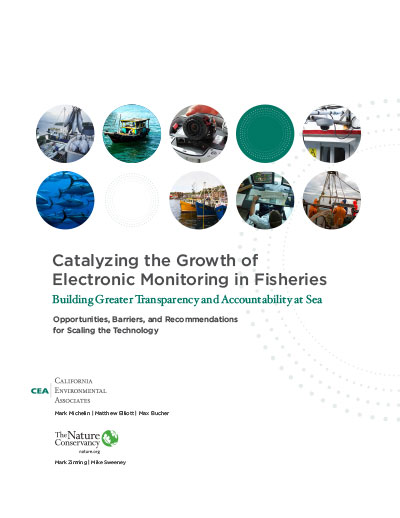Catalyzing the Growth of Electronic Monitoring in Fisheries
Almost twenty years ago, the British Columbia Dungeness crab fishery adopted the first electronic monitoring (EM) program in fisheries. Using integrated systems of video cameras, gear sensors, and positional sensors on vessels, the crab fishery was able to put an end to problems of gear theft and ensure compliance with trap limits. The use of cameras to monitor fishing activity was a novel approach that offered great promise to improve fisheries management more broadly. However, despite the game-changing potential of EM to provide granular data on fishing activity to inform more sustainable management, uptake of the tool has been slow. Nearly two decades since the development of the first EM program, approximately 1,000 vessels globally are now using EM systems. Yet EM appears to be at an inflection point on its adoption curve and is well-positioned for rapid uptake in the coming years. A series of policy commitments, expanded pilot projects, increased private-sector interest, and entrance of several new EM providers to the market have set the stage for the tool to become a standard practice for monitoring many of the world’s commercial fisheries.
In light of EM’s potential for more rapid growth, The Nature Conservancy commissioned CEA in 2018 to research and draft a report on the current state of EM in fisheries, the benefits of the technology, and the main barriers to broader adoption. Based on this research, CEA developed a set of recommendations and near-term priorities to catalyze growth of the tool. We hope the findings in this report will spur further conversations about the role of EM in improving fisheries management and delivering value to the seafood industry, and help build alignment within the fisheries stakeholder community around how best to advance this tool.
Contact
Downloads and Links

